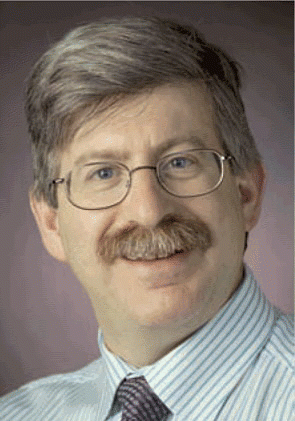Otolaryngologists must prepare to accommodate a variety of facial structures, learn cultural sensitivity in talking to minority patients


Otolaryngologists must prepare to accommodate a variety of facial structures, learn cultural sensitivity in talking to minority patients



The right way to restore a patient’s nose after cancer depends on subtle factors: The shape, the depth, and the precise location of the wound all dictate how to go about the reconstruction, according to experts at the Triological Society Combined Sections Meeting.

With the availability of noninvasive procedures that use injectable fillers to do the work surgery once monopolized, more people than ever before are seeking the elixir of youth that comes now at the end of a needle rather than a knife.

Ever since the first fully equipped otolaryngology team was sent to the Air Force Theater Hospital (AFTH) in Balad, Iraq in 2004, an otolaryngologist-head and neck surgeon has become a permanent member of any deployed multispecialty head and neck team, working alongside a neurosurgeon, ophthalmologist and oral and maxillofacial surgeon.



